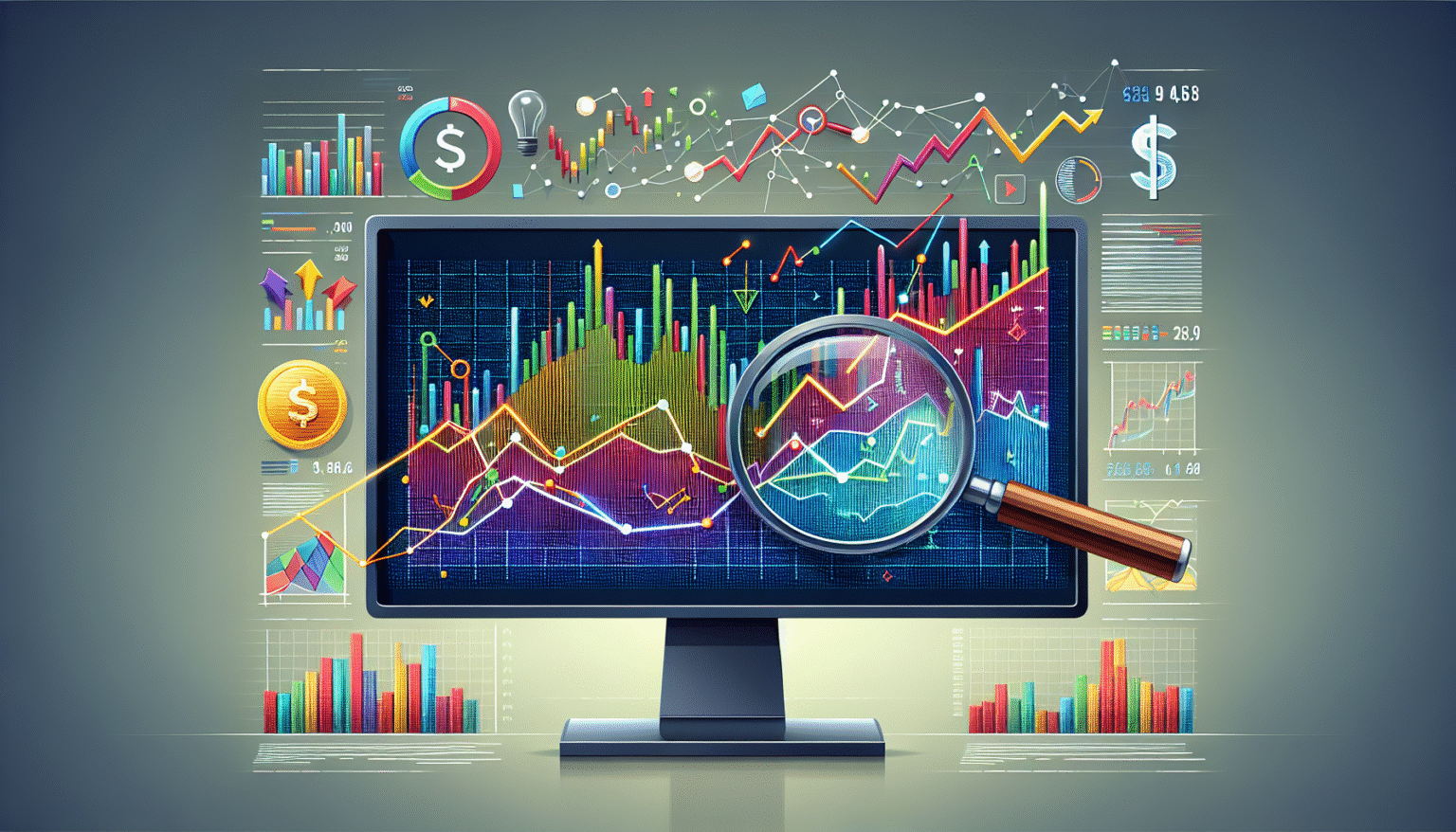Analyzing Recent Company News and Its Effects on Market Trends
### Understanding Market Sentiment
In financial markets, sentiment plays a crucial role in driving investor behavior. Market sentiment reflects the collective attitudes of investors toward a particular security or economic trend. Positive news about a company, such as strong earnings reports, innovative product launches, or successful mergers and acquisitions, often leads to bullish sentiment, driving up stock prices. Conversely, negative news can result in bearish sentiment, causing stocks to plummet.
### The Impact of Earnings Reports
Earnings reports are pivotal in shaping market trends. Investors scrutinize these quarterly reports for insights into a company’s financial health. For instance, a company that beats earnings expectations might experience a surge in its stock price, benefiting from increased investor confidence. Conversely, missed earnings can lead to sharp declines.
Recent examples illustrate this dynamic. Company XYZ reported earnings that significantly exceeded analyst estimates, leading to a 15% increase in share price within days. Subsequent analysis highlighted increased revenue from new product lines, underlining the importance of innovation in boosting market performance.
### Corporate Announcements and Strategic Decisions
Corporate news that includes strategic decisions—such as mergers, expansions into new markets, or changes in leadership—can significantly impact a company’s market trends. For example, when Company ABC announced a merger with a tech giant, analysts predicted enhanced market competitiveness and expanded profitability. This announcement propelled the stock price upwards by approximately 20%.
Market reactions to strategic announcements often hinge on investor perceptions of synergies. Investors are particularly interested in how acquisitions can lead to cost reductions or enhanced market reach, which likely translates into future profitability.
### Regulatory News and Compliance Issues
Regulatory factors can also have profound impacts on market trends. Regulatory announcements, compliance issues, or changes in government policy can affect stock performance significantly. For example, when government officials announced stricter regulations on Company DEF’s primary sector, shares tumbled 12%, reflecting fears of increased operational costs and reduced profit margins.
Such regulatory news often causes investors to reevaluate risk assessments, leading to increased volatility. The possibility of fines, operational adjustments, or negative public perception regarding compliance can create sharp market reactions.
### Market Sentiment Indicators: The Role of Analyst Ratings
Analyst ratings are an essential element of market analysis. Upgrades and downgrades issued by analysts provide insight into potential future performance. For instance, if a prominent analyst upgrades their rating on Company GHI from “hold” to “buy” following strong product sales data, it often leads to a significant rally in the stock as investor confidence spikes.
The impact of analysts’ ratings can be seen in the case of Company JKL, where an upgrade led to an immediate 10% rise in stock value. The stock’s surge can primarily be attributed to the influx of institutional investors reacting to the favorable outlook.
### Social Media and Its Influence
The rise of social media has transformed how company news is disseminated and perceived. Platforms like Twitter and LinkedIn enable rapid dissemination of news, creating immediate effects on market behavior. For instance, organic mentions of major companies—especially those triggering positive sentiments—can lead to rapid price increases. A viral tweet announcing that Company MNO secured a major contract can see its stock price quickly react positively, often leading to overreactions compounded by the rapid nature of social media news cycles.
However, social media can also amplify negative sentiments. News of controversies or scandals can quickly trend and lead to a sell-off, reflecting the power of instant communication in the modern market landscape.
### Global Events and Economic Conditions
Market trends are influenced by broader economic conditions and global events. Events such as pandemics, natural disasters, or geopolitical tensions can induce widespread market volatility. For example, during the COVID-19 pandemic, many sectors witnessed drastic shifts; companies in travel and hospitality plummeted, while technology firms associated with remote work flourished.
This bifurcation emphasizes the interconnectivity between specific company news and broader economic themes. Investors must understand macroeconomic indicators, including interest rates and inflation, as these factors inherently influence company performance and market trends.
### Technological Innovations and Their Market Impact
Technological developments can have transformative effects on market trends. Companies that embrace and innovate technology often see substantial market growth. For instance, Company PQR, known for its advancements in artificial intelligence, experienced a stock increase of 25% following its announcement of a groundbreaking AI product expected to disrupt existing markets.
As technology continues to evolve, investors pay keen attention to companies at the forefront, often rewarding them with increased market capital. Innovations in automation, machine learning, and cloud computing can herald new revenue streams and operational efficiencies.
### Understanding the Role of Investor Behavior
To analyze how recent company news influences market trends, it is essential to factor in investor behavior. Behavioral finance indicates that biases—such as overconfidence and herd mentality—can drive irrational decision-making among investors. When good news is released about a company, particularly in a bullish market context, it may lead investors to overreact, pushing prices higher than justified by fundamentals.
Similarly, negative sentiment can lead to panic selling, even if the fundamentals of a company remain strong. This psychology illustrates the volatility that news can induce in the market.
### Technical Analysis in Reaction to News
Technical analysis tools can provide further insights into how company news affects market trends. Chart patterns, volume analysis, and trend following can help traders anticipate market movements post-announcement. By analyzing historical price movements in relation to specific news events, traders can develop strategies to capitalize on expected market reactions.
Traders might utilize support and resistance levels to gauge how stock prices might behave following news releases. For instance, if a company’s stock price consistently bounces back from a specific level after positive earnings announcements, this could suggest a potential buying opportunity for traders familiar with these patterns.
### Conclusion
Recent company news significantly influences market trends by shaping investor sentiment, affecting valuations, and spurring volatility. By comprehensively analyzing the implications of earnings reports, corporate announcements, regulatory news, and the broader economic landscape, investors can navigate market dynamics more effectively.






